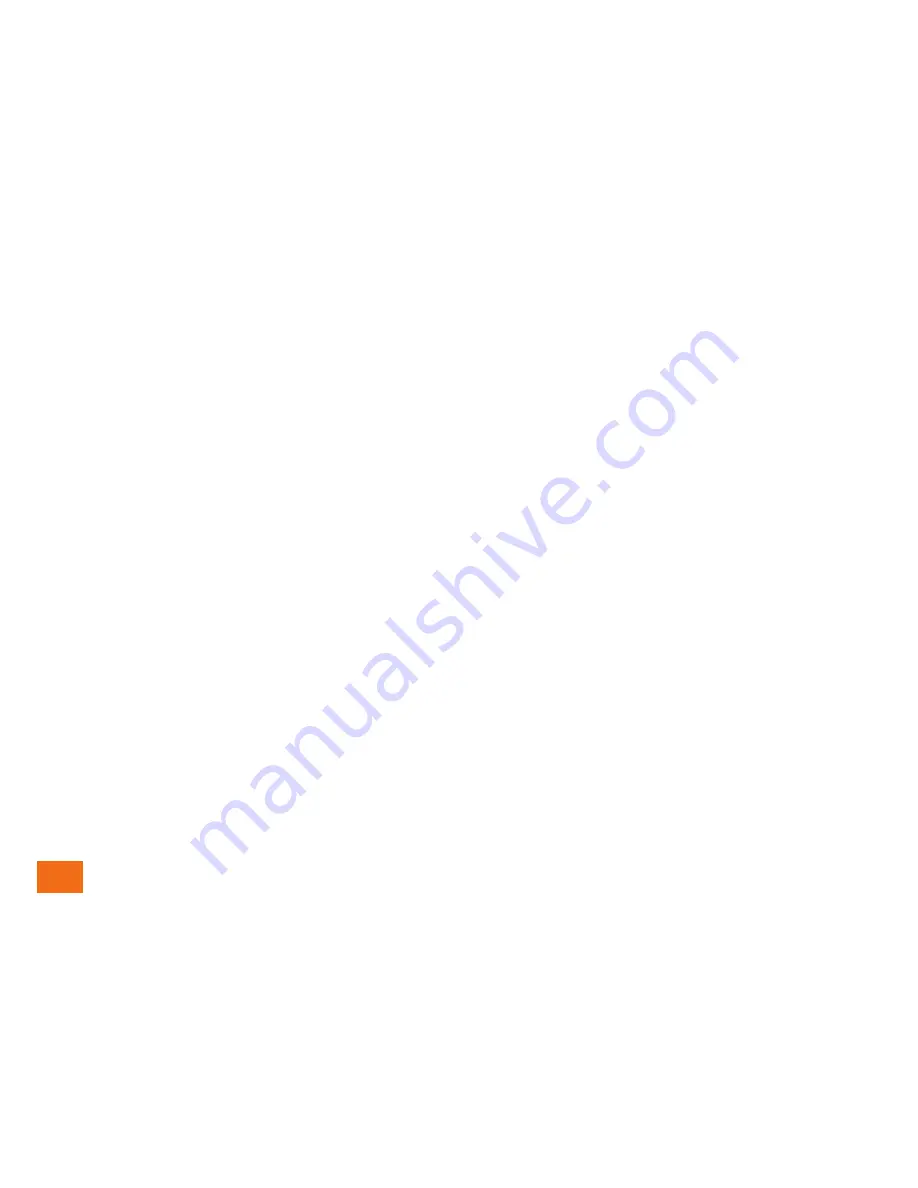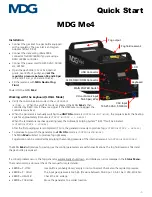
Ricoma Quick Start Guide
65
Poly mesh backing
While extremely thin, poly mesh backing is exceptionally strong because of the fibers it consists
of. This backing is used for adding maximum stability if you don’t want to handle the bulkiness of
a heavyweight cut-away. Poly mesh is great for the newer tech garments, as they are very thin and
have a lot of fluidity to the fabric. Poly mesh will add support without compromising the stability of
the garment. An instance where you may use this backing: when embroidering a stretchy tech golf
shirt. In this case, you may layer two sheets of poly mesh.
difficult-to-mark fabrics like pique, fleece, terry cloth or corduroy. Topping is also highly recommended
when embroidering towels, as it allows the stitches to stand out as much as possible. When using
topping, it is still necessary to apply backing on the back of the fabric to stabilize the garment. Topping
may be removed by tearing it away, spraying water on it, or a combination of both methods.
Fusible backing
Fusible backing is used on very stretchy materials. Once fused to the garment, the fabric and the
backing become one stable material. It is also used to cover up a finished piece of embroidery, such
as an infant’s onesie, where the stitches and the backing would otherwise irritate the baby’s skin.
Foam
Backing and needle recommendations
Foam is used to add dimension to lettering or designs on caps for a 3D effect. It is available in a
variety of colors in sheets up to 3 millimeters thick. The foam sheet is laid on top of the desired area
and then stitched over with a column fill that uses short stitches to cut the foam. The excess foam
will need to be pulled away. Some stray pieces of foam that remain can be removed by applying a hot
hair dryer over the area.
EMBRIODERY TECHNIQUES
CANVAS
• Light to medium tear-away backing
• 75/11 sharp or normal round-point needle
• Sharp needles are better for longer runs








































